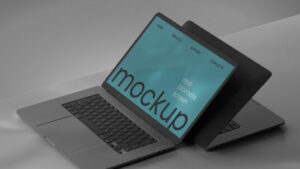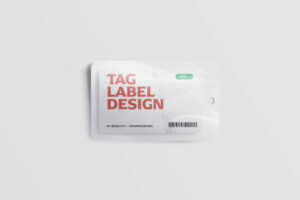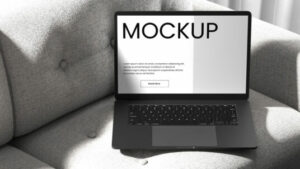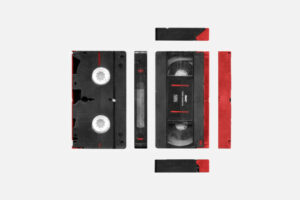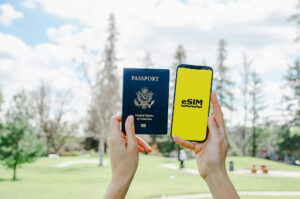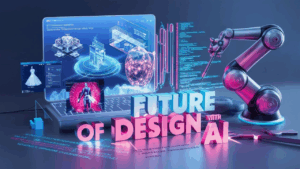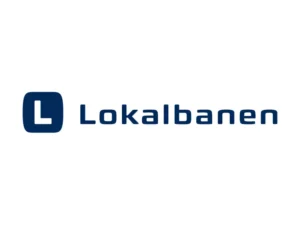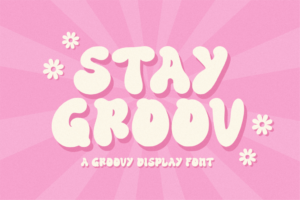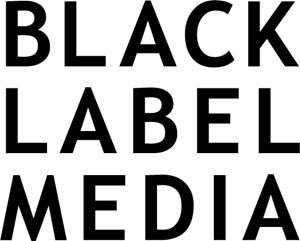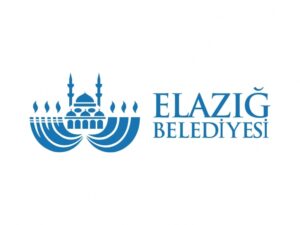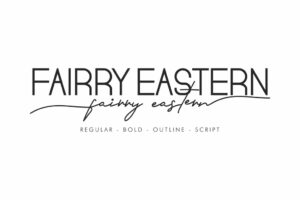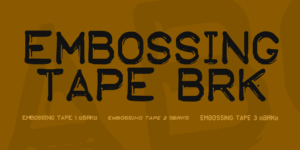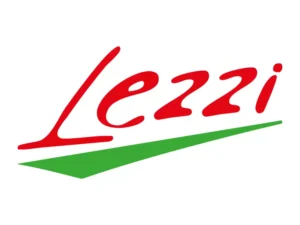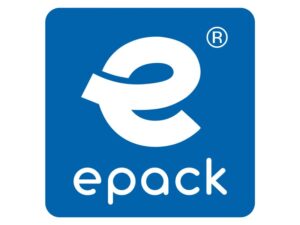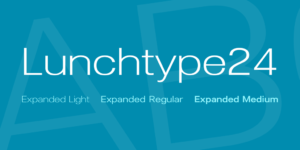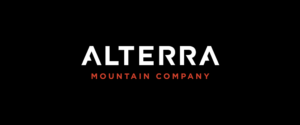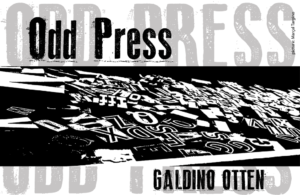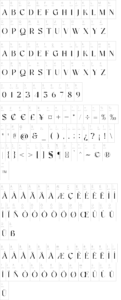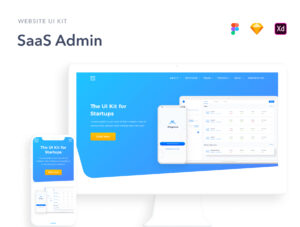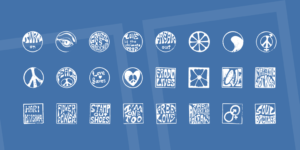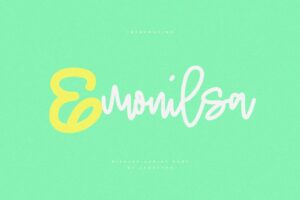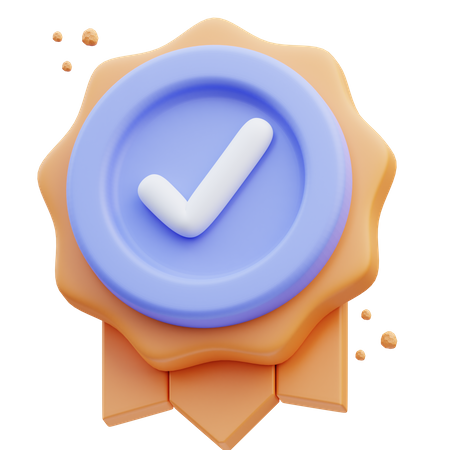Day Roman Font Family
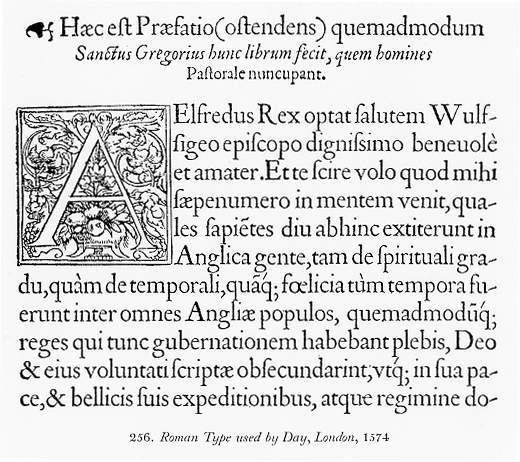
About The two-tiers font included in this archive, Day Roman, is a digitally redrawn version of what has come to be historically known as the “Two Line Double Pica Roman”, a typeface designed by 16th century French punchcutter Fran ois Guyot, and used in numerous books between 1535 and 1570, most notable of which are J. Steelsius’s printing of The Bible (1541) and Frisius (1551), Gillis Coppens van Diest’s printing of Erasmus (1544), Georgius (1544), Serlio (1550) and Horatius (1552), and Rotarius’s printing of Livius Brechtius (1549). The type was also used extensively by H. Dunham, and later J. Day, in London (the name Day Roman is simply a reference to J. Day having used the type). Original matrices of Guyot’s roman type are now in the Museum Plantin-Moretus in Antwerp.
A 1782 “Sale Catalog & Specimen of the James Foundry” shows a reproduction of that same type under the name “Two-Line Double Pica Macilent”. Some specimens from unknown English printers dating back to circa 1650 also show the same typeface, but no proper references were given. The last recorded reference to Guyot’s type can be found in “Type Specimen Fascimiles, vol. 1, No. 1 – 15,” by John Dreyfus et al, printed in London circa 1963.
Some reduced resolution scans of Guyot’s roman are also included in this archive.
In digitizing this typeface, attention was mainly given to duplicate the technical imperfections of 16th century printing, which have been lost with today’s technologies. In order to accomplish this, some digital type design conventions have been avoided – things like the uniformity of the serifs, overall stroke precision, vertical proportion exactitude… While trying to maintain as much fidelity as possible to Guyot’s original drawings, there was also emphasis in testing to ensure good print functionality at various text and display sizes. This digitization should work nicely when used anywhere from 10 to 30 pt. Some design oddities, appealing or otherwise, may appear in 30+ pt usage. After considerable testing of the digitization, I am quite satisfied with the result as being as semi-accurate representation of Guyot’s 16th century Roman, or at least a modern presentation reminiscent enough of Guyot’s original.
The basic letters and figures were drawn individually from scratch, using Macromedia Freehand 10 (on OSX) and the latest Intuos2 9″x12″ tablet currently available. The tablet’s pen was mostly used, but sometimes the 4D mouse was used instead. The drawing of the basic set took about 9 hours. The drawings were then imported into Fontlab 4.0 (on Windows 2000), distributed to appropriate cells, tweaked and optimized, spaced, expanded to cover a full set, then kerned and subjected to initial testing. This Fontlab work took approximately 4 hours.
During the testing it was determined that an expert set would be needed to accompany the main font, simply because Guyot had made a few different versions of letters like the M and the N, as well as included many many ligatures. The expert set was built entirely through copy/paste and outline manipulation within Fontlab. Some non-Guyot characters were added to the expert set, if only to convince myself that traveling back to the 16 century didn’t entirely take over my consciousness. The expert set took less than 2 hours to build in Fontlab.
So, overall, the entire project of reviving Guyot’s Roman took roughly 15 hours.
Day Roman was not the work of just me. Thanks are due in no particular order to, among others, Fran ois Guyot for the beautiful letters, Steelsius, vanDiest, Rotarius, Dunham and Day for leaving a trace of them, Peter deRoos for the inexhaustible historical resources, Jeff C. for the beer and entertainment, Intel and Motorola for the processors, Alan Kay for the mouse and interface, Candy L. for the endless supply of Chinese sweet and sour stuff, Vinton Cerf, Robert Kahn, Tim Berners-Lee and Al Gore for the internet, Albert King, Otis Rush and Roger Waters for the music, Acer and Fujitsu for the scanners, Western Digital, Iomega and Seagate for the storage, Ikea for the desks and chairs, duMaurier for the smokes, Wacom for the tablet, Yuri Yarmola for Fontlab, Walter Tracy for the great analysis of spacing Roman type, Altsys and Macromedia for Freehand, John Warnock for Postscript, Sampo Kaasila for TrueType, Jennifer S. for the Bauducco wafers, Columbus for misreading maps, Dan Goleman from the NY Times for confirming that people are afraid of death, Becky N. for the cold cuts, Plato for the legend of Thamus, Gutenberg for movable type, Claude Garamond for the most mysterious gauntlet, the Phoenicians for the zero, Joseph Wizenbaum and Neil Postman for the immortal pages, native Indians for forgiving us, La nnec for the stethoscope, Edison for the light, Bell for the phone, Parsons for cable, Frances Longo for marrying her hairdresser, Kim N. for the memories, Ryalux for the maximum-absorption carpet, Julien G. for the ceiling, Helen H. for the phone call, Ann P. for the universal schizoid principle, Michel N. and Remy T. for the genetical construct, Frank Z. for the handle, Eddy V. for Wishlist, Sanford for the pens, Apple for Windows, Microsoft for OSX, Mitch N. for taking it as it comes, Telus for the cell, Obus Forme for the mattress, Michelle R. for the sneak preview, Lisa R. for the brute force, Roy & B not for the wood, Samsung, KDS and Sony for the screens, Becky A for the aroma, and Jean Chretien for allowing Santa Claus a tax exemption this year.
Hope the ghost of Guyot looks good enough for your designs. Have a blast with it. If you use it commercially, give something to your favourite charity, will ya?
‘
Toronto
12/12/02
2002, Fredrick Nader. All rights reserved. [email protected]
Download now to enhance your projects with visually stunning and user-friendly designs. With FigmaResource.com, you can save time, boost your productivity, and achieve professional-grade results without breaking the bank. Start exploring our vast collection today and take your design projects to the next level!
Discover an extensive library of free, high-quality design assets at FigmaResource.com, your go-to destination for all things Figma. Whether you’re a professional designer or just starting out, our platform offers a wide range of resources, including UI kits, icons, templates, and more, all meticulously crafted to help you streamline your design workflow.
At FigmaResource.com, we understand the importance of having the right tools at your fingertips, which is why we provide these assets completely free of charge.
Please be aware that while you can download free resources from our website, we do not host any of the files directly. All resources are handpicked and collected from various external sources.


